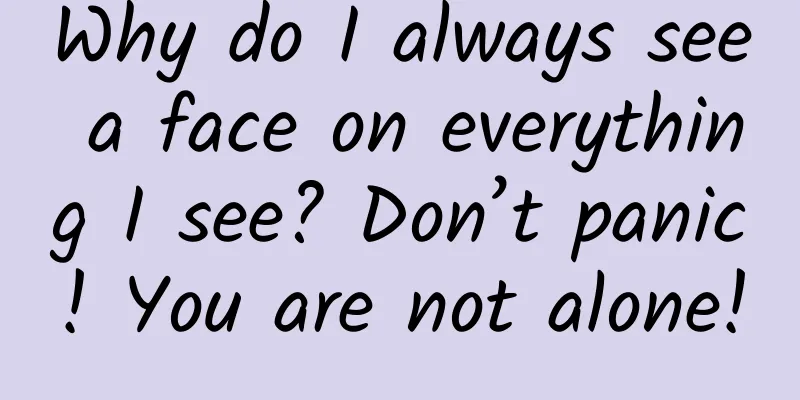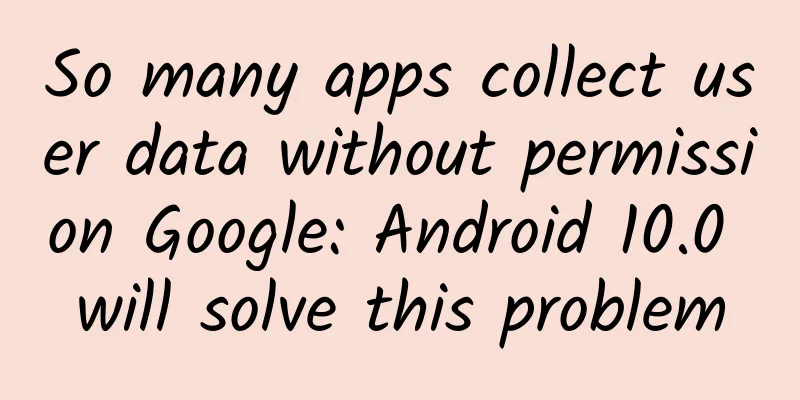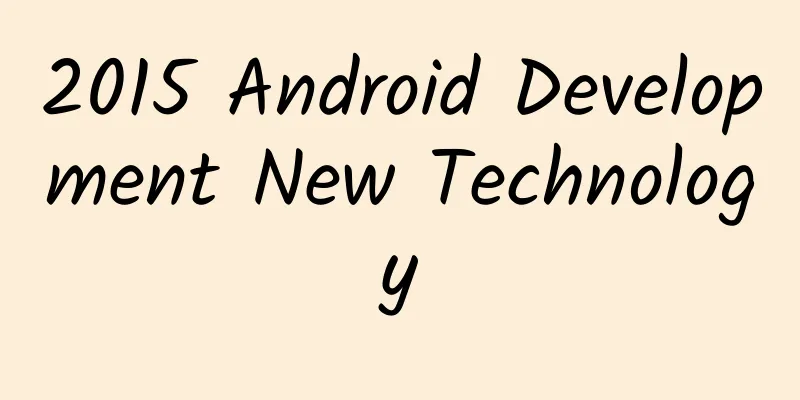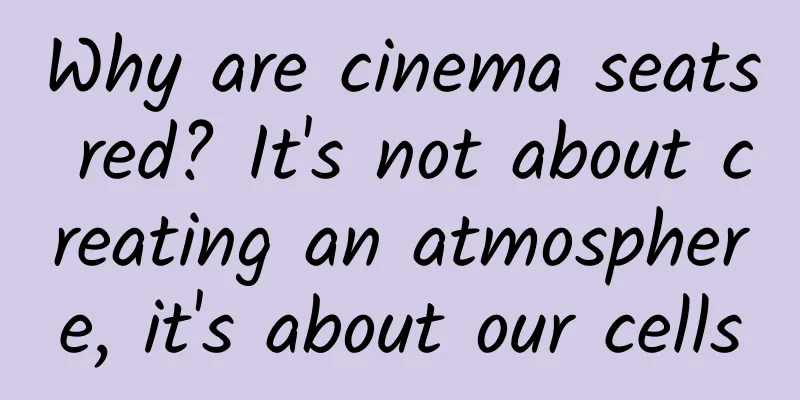Why do I always see a face on everything I see? Don’t panic! You are not alone!

|
Do you often have the illusion that there is always a human-like face on the objects you see everywhere around you? Stumbling upon these silly or strange faces can always give you a scare. Of course, you are not alone! Image source: Internet Have you ever seen these "human faces"? This phenomenon of seeing objects as similar to human faces was once believed to be a symptom of mental illness caused by visual perception errors. As research continued to deepen, scientists called it face pareidolia. In the 1970s, NASA's Viking 1 space probe took photos of the Cydonia region in the northern hemisphere of Mars and accidentally discovered a very interesting photo. The hill in the photo not only has two symmetrical holes like eyes, but also has nose and mouth-like bumps and depressions, just like a human face. The news of the discovery of a similar human face on Mars has attracted the attention of groups that believe in the existence of extraterrestrial life, who believe that this "face" is evidence that the extinct life on Mars once existed. However, this illusion does not only exist in humans. Existing studies have shown that similar optical illusions have also been found in primates such as macaques. Image source: Wikipedia So the question is, why do we see a simple combination of two circles and a straight line on an object as a face? Cognitive scientists believe that our brains have an internal template for faces, and as long as the things we see match this template, the relevant areas of the brain for face recognition will be activated. To verify this, the researchers showed three types of pictures to 96 subjects: human faces, fake faces, and objects. They used magnetoencephalography (MEG) and functional magnetic resonance imaging (fMRI) to study the neural mechanisms in the brain when the subjects saw different pictures. The results showed that the fusiform face area and occipital face recognition area in our brains, which are related to face recognition, the lateral occipital area related to object recognition, and the parahippocampal gyrus position area related to scene recognition, are all abnormally active when people look at fake faces. The visual mechanism and response of the brain to fake faces are the same as when people face real faces. Copyright image, no permission to reprint At the same time, the researchers also found that when people see pictures of fake faces, the MEG activity pattern is extremely close to the MEG activity of real face recognition at first, but over time, the MEG activity caused by fake faces will tend to be consistent with the MEG activity caused by pictures of objects. In other words, the brain will mistake it for a human face in a very short time, discover its own wrong judgment of a human face within a certain period of time, and then quickly correct it in a short period of time. Copyright image, no permission to reprint Although these fake faces themselves have no biological gender, the researchers compared the gender judgments made by people when they saw the fake faces and found that people were more likely to identify the fake faces as male rather than female. Both male and female subjects were four times more likely to identify the fake faces as male faces than female faces. When the researchers converted the pictures to black and white, the proportion of gender associations remained unchanged. Dr. Colin Palmer, from the School of Psychology at the University of South Wales, has also found that the brain responds emotionally to false faces we find in inanimate objects. That is, we not only realize that there is a face, but we also analyze who it looks like and what emotions it conveys to us - is it crying, angry? Or looking at you with contempt, etc. Copyright image, no permission to reprint This emotional response to fake faces affects every aspect of our lives. For example, in 2006, the Wall Street Journal reported that sales of “cuter” cars, such as the Beetle, were declining. Related research has found that consumers tend to prefer cars that look “fierce,” and designers decided to use this finding to their advantage. For example, the Dodge Charger has thin, slanted headlights that make it look threatening. "Headlights look like eye contact," said Ralph Gilles, a designer at Chrysler. "If a car has a really mean face and a threatening look, it can make oncoming drivers anxious or more aggressive." Which car expression do you prefer? Source: Imgur So why did such a reaction mechanism that is almost a brain bug remain in the long history of human evolution? In fact, in ancient times, being able to quickly and accurately detect faces could help human ancestors detect predators and threats in a very short time and escape in time, ultimately surviving. Today, a large number of face recognition is also very important to us. You need to recognize who the other person is, whether they are family, friends or enemies, and what their intentions and emotions are. Therefore, sometimes the brain overreacts and often mistakes objects around us for human faces, which is a small bug and is not worth mentioning! References: [1] Wardle, SG, Taubert, J., Teichmann, L. et al. Rapid and dynamic processing of face pareidolia in the human brain. Nat Commun 11, 4518 (2020). [2]Colin J. Palmer et al. Face Pareidolia Recruits Mechanisms for Detecting Human Social Attention, Psychological Science (2020). DOI: 10.1177/0956797620924814 [3]Taubert, J., Wardle, SG, Flessert, M., Leopold, DA & Ungerleider, LG Face pareidolia in the rhesus monkey. Curr. Biol. 27, 2505–2509.e2 (2017). [4]Taubert, J. et al. Amygdala lesions eliminate viewing preferences for faces in rhesus monkeys. Proc. Natl. Acad. Sci. USA 115, 8043–8048 (2018). Source: Bring Science Home (id: steamforkids) The cover image and the images in this article are from the copyright library Reproduction of image content is not authorized |
<<: If foodies don’t want to gain weight, these 5 snacks are highly recommended!
>>: Magic! Why did the dream I had actually happen a few days later?
Recommend
Spend 2 hours writing every day, Zhihu Good Things can also make a lot of money part-time, actual monthly income exceeds 30,000+
Spend 2 hours writing every day, Zhihu Good Thing...
The holiday work arrangements for the six major market channels have been released. Please prepare in advance!
The 2015 Chinese New Year is approaching. While w...
What are the functions of the Guangzhou city group buying mini program? How much does it cost to create a group buying mini program?
It has been more than 5 years since the release o...
Information flow delivery practical guide
With the increasing intelligence of search delive...
"Golden Cudgel" across the sea? A rare wonder appeared in one place
Suddenly a "golden hoop stick" appeared...
ASUS H170 PRO GAMING motherboard review: more in line with the appetite of gamers
In the thousand-yuan motherboard market, which is...
When using a mobile phone, what are the reasons for partial malfunction of the touch screen, and how to solve the problem?
What are the reasons for the failure of part of t...
A summary of advertising styles and billing models of Toutiao, iQiyi, etc.!
Information flow advertising style: 1. Large imag...
The new interface of iOS 19 is exposed, it’s amazing!
As we enter 2025, the update cycle of iOS 18 is a...
How to use Toutiao’s Wukong Q&A for operational promotion?
The news that Toutiao announced that it would set...
Understanding iOS memory management
Stories from ancient times Those who have experie...
People who are afraid of cold are not afraid of heat? Beware: The cultural disease of fear of cold can really kill you!
Author: Dr. Li Changqing, a practicing physician ...
A complete analysis of the app’s customer acquisition strategy by bringing in new customers through old customers!
The friend invitation mechanism is a standard for...
Volcano Engine uses "four-wheel drive" to help "smart medicine future"
From June 22 to June 23, the third China Pharmace...
China Passenger Car Association & Anluqin: The new four modernizations index of passenger cars is 84.4 in July 2023
The Passenger Car New Four Modernizations Index, ...









